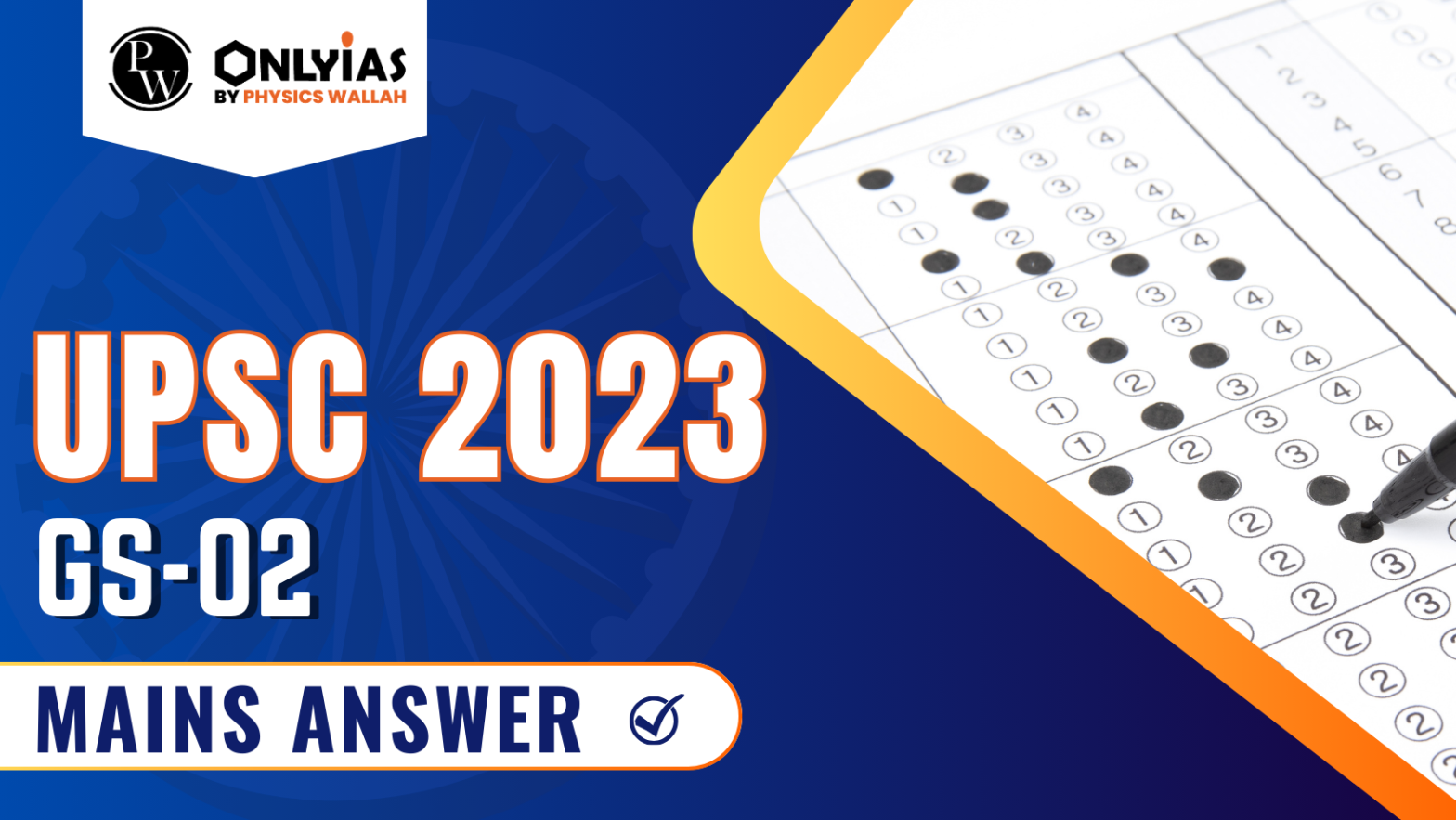Discover how the Constitution of India serves as a dynamic, living instrument designed for a progressive society. Illustrate its adaptability and relevance with special references to landmark judgments.

Q.11 The Constitution of India is a living instrument with capabilities of enormous dynamism. It is a constitution made for a progressive society.” Illustrate with special reference to the expanding horizons of the right to life and personal liberty.
| How to approach the question
Introduction ● Write what is meant by “a living instrument” in the context of the Constitution Body ● Write about the Constitution of India as a living instrument with capabilities of enormous dynamism ● Write how the Indian Constitution Adapts to the Evolving Needs of a Progressive Society ● Write about the expanding horizons of the right to life and personal liberty in India Conclusion ● Give appropriate conclusion in this regard |
Introduction
In the realm of jurisprudence, a “living instrument” denotes a legal text capable of adapting to the changing circumstances and norms of society to remain relevant and effective. Part-xx Article 368 (1) of the Constitution of India grants constituent power to make formal amendments and empowers Parliament to amend the Constitution by way of addition, variation or repeal of any provision.
The Constitution of India, framed with foresight by the architects of modern India, embodies this principle perfectly, with its provisions demonstrating the capabilities of enormous dynamism.
Body
The Constitution of India as a living instrument with capabilities of enormous dynamism
Ways in which Indian Constitution Adapts to the Evolving Needs of a Progressive Society
Expanding Horizons of the Right to Life and Personal Liberty
Conclusion
The Constitution of India manifests as a dynamic, living document, amenable to the requisite changes catering to the evolving society. The continuous expansive judicial interpretations, especially in safeguarding the right to life and personal liberty, bear testimony to its vibrant and living nature, securing a dignified life for every citizen in a progressive society.
| For a Detailed explanation of the UPSC GS-01 Mains question 2023, click here.
For a Detailed explanation of the UPSC GS-02 Mains question 2023, click here. For a Detailed explanation of the UPSC GS-03 Mains question 2023, click here. For a Detailed explanation of the UPSC GS-04 Mains question 2023, click here. |

<div class="new-fform">
</div>